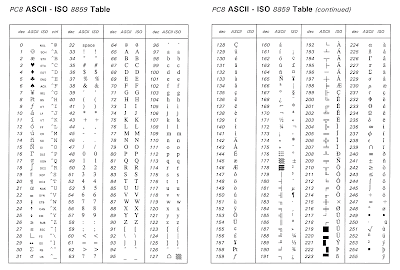User Authentication used in the Windows operating system
User authentication in the Windows operating system involves various methods designed to ensure that only authorized users can access the system. Here's a detailed discussion on the types of user authentication, their purposes, and their advantages from a computer security perspective:
i) Types of User Authentication in Windows
- Password-based Authentication
- PIN (Personal Identification Number)
- Biometric Authentication
- Fingerprint Recognition
- Facial Recognition (Windows Hello)
- Smart Card Authentication
- Two-Factor Authentication (2FA)
- Multi-Factor Authentication (MFA)
- Digital Certificates
- Windows Hello for Business
ii) Purpose of Each Authentication Type
Password-based Authentication
- Purpose: The most traditional and widely used method where users enter a secret password to authenticate themselves. It serves as a basic level of security to prevent unauthorized access.
PIN (Personal Identification Number)
- Purpose: Provides a simpler, yet secure way to authenticate users. Unlike passwords, PINs are local to the device and not transmitted over the network, reducing the risk of interception.
Biometric Authentication
- Fingerprint Recognition: Uses the unique patterns of a user's fingerprint to authenticate.
- Purpose: Offers a convenient and secure way to authenticate users, as fingerprints are unique to each individual.
- Facial Recognition (Windows Hello): Uses infrared cameras to recognize a user’s face.
- Purpose: Provides quick and secure access without the need for passwords or PINs, enhancing user convenience and security.
- Fingerprint Recognition: Uses the unique patterns of a user's fingerprint to authenticate.
Smart Card Authentication
- Purpose: Involves using a physical card that contains a microchip with encrypted data. Users must insert the card into a reader and enter a PIN.
- Purpose: Offers a high level of security by requiring something the user has (the smart card) and something the user knows (the PIN).
Two-Factor Authentication (2FA)
- Purpose: Requires two forms of authentication, typically something the user knows (password) and something the user has (a smartphone for an OTP, for example).
- Purpose: Enhances security by adding an additional layer of verification, making it more difficult for attackers to gain access.
Multi-Factor Authentication (MFA)
- Purpose: Requires multiple forms of authentication (e.g., password, smart card, and biometric verification).
- Purpose: Provides the highest level of security by combining several independent credentials, reducing the likelihood of unauthorized access.
Digital Certificates
- Purpose: Uses public key infrastructure (PKI) to authenticate users based on digital certificates issued by a trusted authority.
- Purpose: Provides strong security through cryptographic means, ensuring that communications and transactions are secure.
Windows Hello for Business
- Purpose: A modern password-less authentication method designed for enterprises. It uses biometrics or PINs linked to a device and integrates with Active Directory or Azure Active Directory.
- Purpose: Enhances security and user convenience, reducing dependency on passwords and providing seamless integration with enterprise environments.
iii) Advantages of Having Distinctive Authentication Methods
Enhanced Security:
- Combining different authentication methods (e.g., password, biometrics, smart cards) makes it significantly harder for attackers to compromise accounts. Each method has its own strengths and weaknesses, and using them together mitigates individual vulnerabilities.
Flexibility and Convenience:
- Users can choose the most convenient method based on their context. For instance, biometrics can offer quick access in personal settings, while smart cards provide higher security for corporate environments.
Mitigation of Phishing Attacks:
- Methods like biometric authentication and smart cards are not susceptible to phishing attacks, where attackers trick users into revealing their passwords.
Reduced Reliance on Passwords:
- Passwords are often weak and reused across multiple accounts, making them a common target for attackers. Introducing alternative methods like PINs and biometrics reduces the dependency on passwords.
Improved User Experience:
- Authentication methods like Windows Hello offer a faster and more user-friendly experience, encouraging users to adopt secure practices without compromising on convenience.
Compliance and Regulatory Requirements:
- Multi-factor authentication (MFA) and other robust methods help organizations comply with industry regulations and standards that mandate strong authentication measures.
Protection Against Various Attack Vectors:
- Different authentication methods protect against different types of attacks. For instance, smart cards and digital certificates offer strong protection against network-based attacks, while biometrics protect against unauthorized physical access.
Localized Security:
- Methods like PINs and biometrics are tied to specific devices, ensuring that even if an attacker gains access to the network, they cannot authenticate without the physical device.
By employing multiple and diverse authentication methods, Windows ensures a more secure and resilient system, capable of defending against a wide array of potential threats.


Ulasan